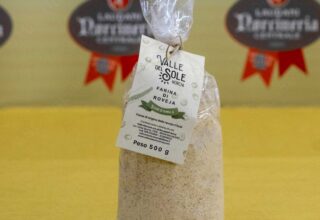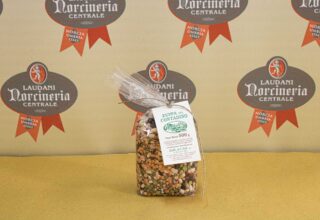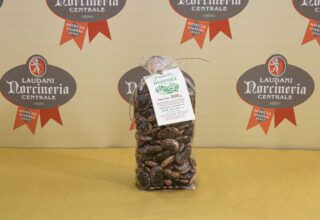The history of human nutrition is fascinating and varied, and among its pages we find foods such as spelled flour, an ancient product present on the tables of our civilizations for millennia. An ancient grain appreciated in the Mediterranean diet, spelt is becoming an essential element for those looking for healthy and nutritious options in today’s diet. And while it can sometimes be difficult to find on supermarket shelves, its incredible properties and benefits tell us it’s worth looking for.
What is spelt?
Spelt is a cereal of Mediterranean origin, very similar to wheat or spelt, which was one of the first varieties for domestic use in the Middle East more than 10,000 years ago. It is highly nutritious and, despite its age, has many dietary benefits.
Spelt can be enjoyed both in grain and flour. If you are looking for broken spelled or semi-pearl spelled click here.
As for the applications of this flour, it must be established that they are as different as those of the “classic” wheat flour.
Nutritional benefits of Spelt Flour
Spelt flour is rich in protein and fiber. It is also an excellent source of vitamins, minerals, such as zinc, iron and magnesium, and antioxidants.
It is particularly noteworthy for its vitamin B3 (niacin) content, which plays an important role in energy and DNA repair.
Spelt is distinguished by having twice the content of polyunsaturated fats, proteins, phosphorus and vitamins of group B and A compared to other types of wheat. In addition, it has a balanced level of gluten.
Another significant advantage of spelt is its low glycemic index. Although it is a cereal, its complex structure causes its carbohydrates to be digested slowly, providing a stable source of energy and preventing blood sugar spikes.
The continuous intake of this flour, thanks to its antioxidants, leads to a decrease in the appearance of serious diseases such as cancer, heart disease or diabetes, among others.
Use in the kitchen
Spelt flour can be used in the same way as other wholemeal flours. It is great for making bread, pasta, muffins, cookies and other baked pastry products. However, because the gluten in spelt is not as elastic as in modern wheat, recipes that call for yeast may not increase as much. In these cases some bakers mix it with wheat for a lighter consistency.
Thanks to its unique, slightly nutty and earthy flavor, this flour can also be used to thicken sauces and stews, adding an extra dimension of flavor. Likewise, it can be used to make homemade pasta, giving your dishes a rustic and characteristic touch.
Spelt and the environment
From an environmental point of view, spelt has additional advantages. It is a hardy crop that can grow in harsh conditions, making it resistant to drought and pests. This means that emmer can often be grown with less fertilizer and pesticides than other cereals. Valnerina is a perfect area for these crops.
In a world where health and sustainability are increasingly important, foods such as spelt derivatives have a lot to offer. Not only is it a rich and healthy source of nutrition, but it also has the potential to play a role in more environmentally friendly agriculture. So the next time you’re looking for a healthy and tasty option for your recipes, why not give it a try?
Discover the agricultural production of FARRO in Valnerina
Contact us
Discover many other products besides legumes, we often publish the best photos in our Official Instagram account and insert our hashtag #NorcineriaLaudani in your photos to let us find your shots
If you want to try these products you can think of preparing some recipes, discover our favorites: recipes with Norcia products
Looking for more information about this product? Send us a message in Messenger or visit the CONTACTS page








